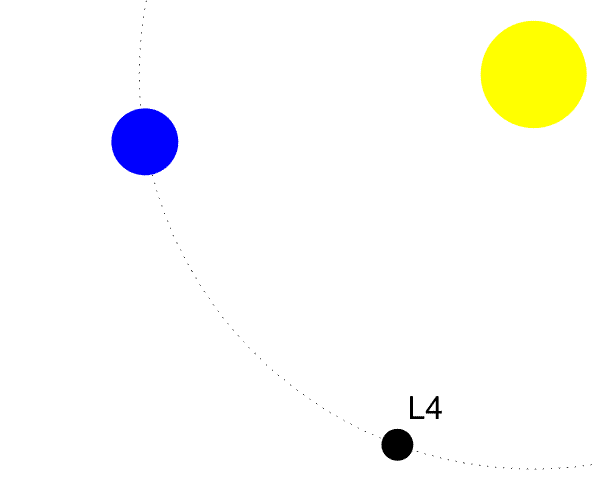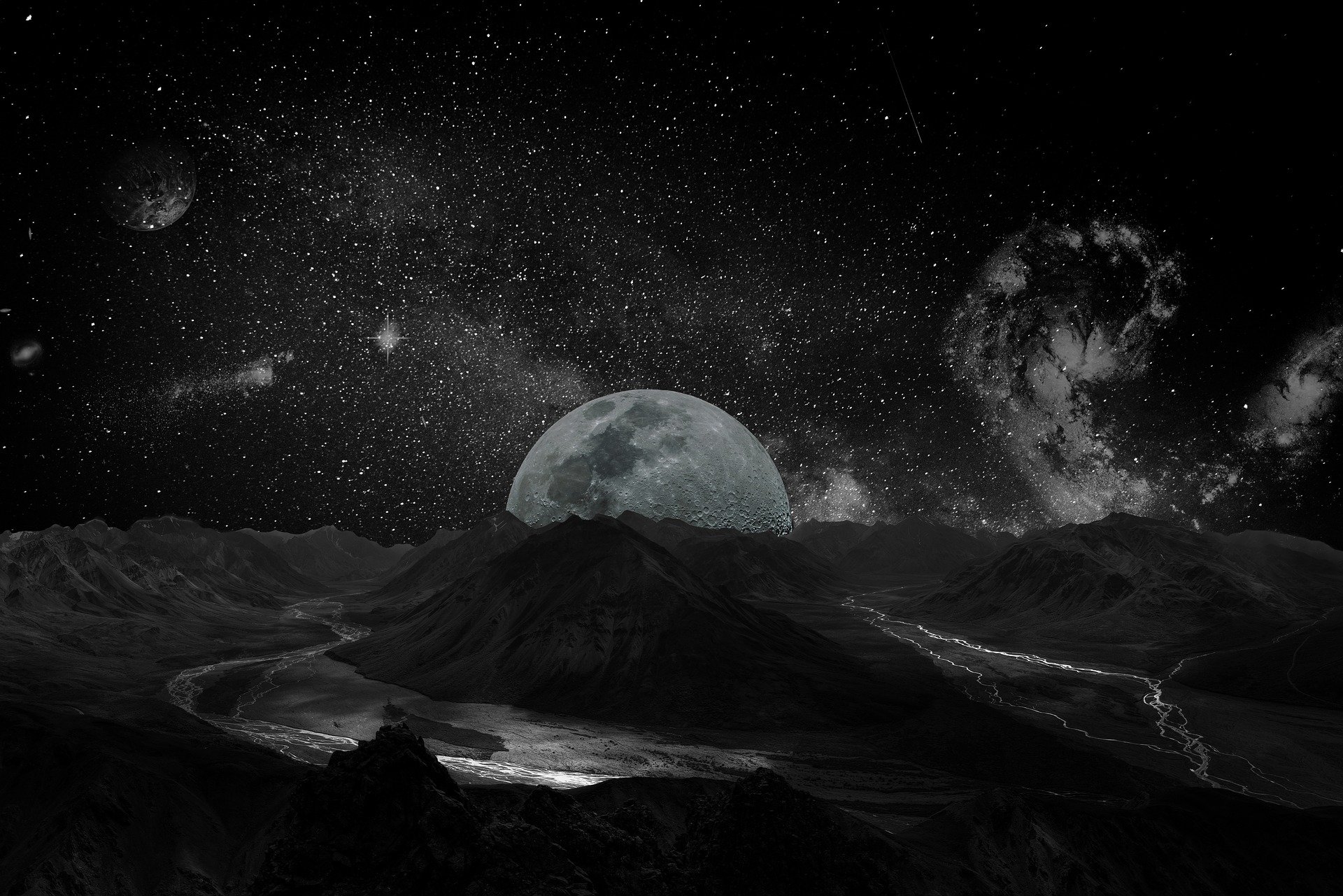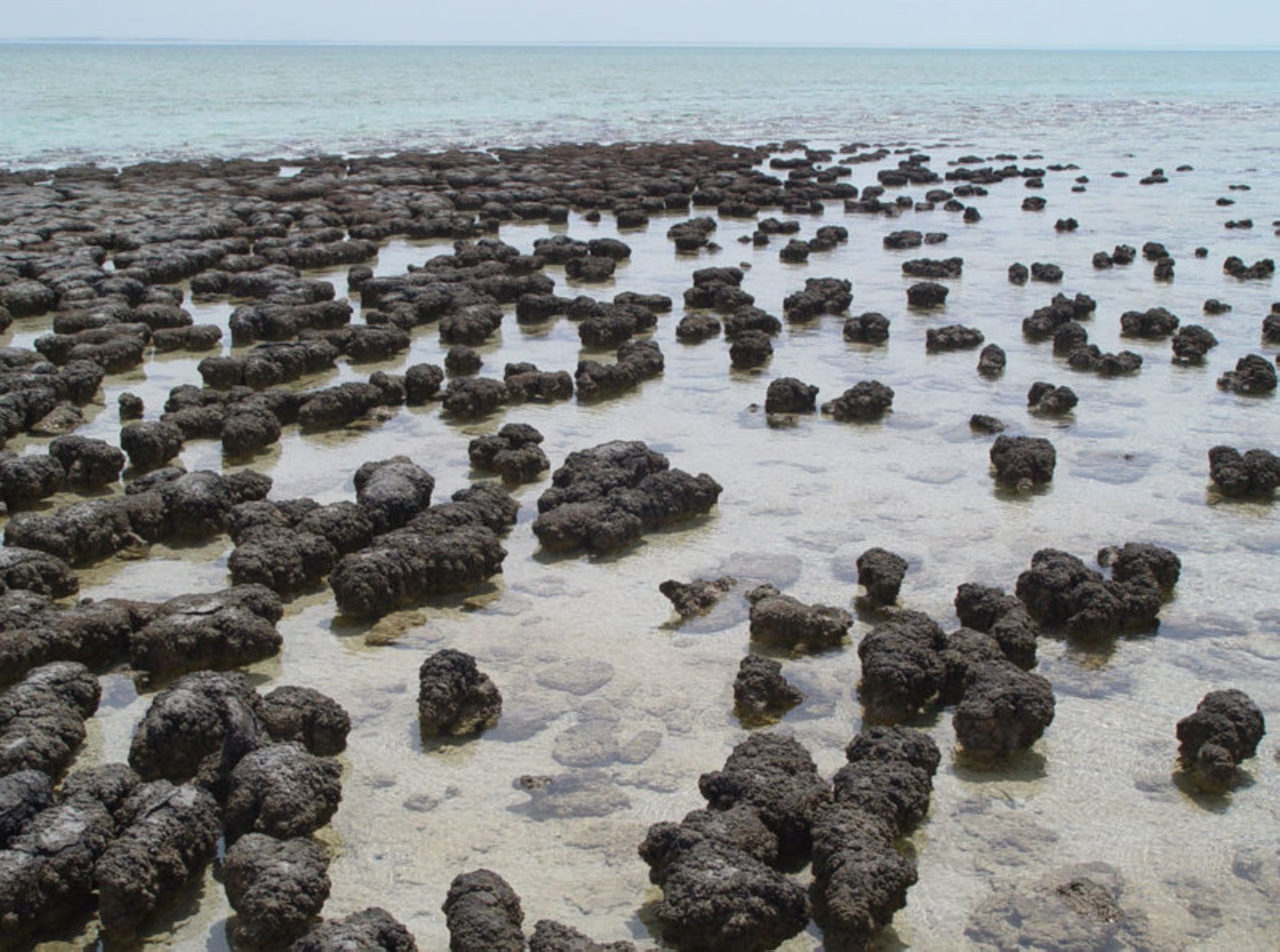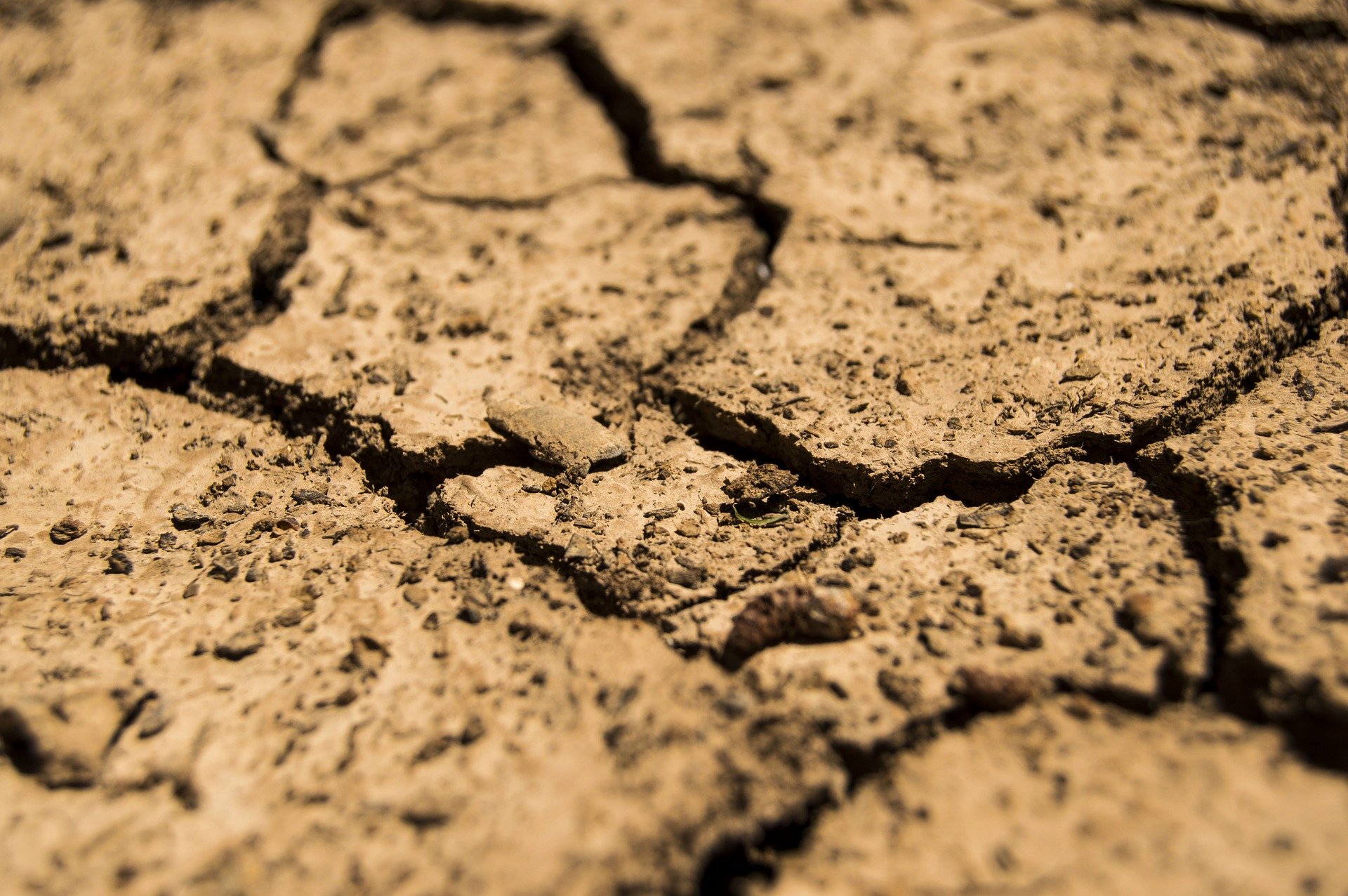Reflection Part 2/2 - The fate of our Earth.
In a short time there may not be a problem. We will have to step up our efforts to keep the climate under control, for example. But in the long run, it doesn’t look so good.
A resolute approach will secure us for several hundred years.
By far the greatest threat to life on earth are we ourselves:
- We fought bloody wars in the past. Faith, overpopulation, hunger and resources pit people against each other. The weapons used to settle these conflicts are becoming increasingly powerful. A really big war in which nuclear weapons are used will greatly limit the livability of the earth. We can destroy our planet several times with the stockpile of nuclear weapons out there. The small nuclear bombs on Hiroshima and Nagasaki lift only a tip of the veil. Bearing in mind the violent nature of man, there is only one option: go for a total dismantling of nuclear weapons!
- By pruning the natural habitat, viruses are getting closer and closer to humans. Remember the Corona virus? An infectious disease could wipe out our entire species, with some bad luck it could go very fast. Here, too, there is only one option: the creation of sufficient natural habitat, large areas that remain taboo for humans and that guarantee biodiversity. Think of it as a Garden of Eden for the scientists!
- If we do not bring the transition to sustainable energy to a successful conclusion, the climate change that has taken place will lead to an unlivable greenhouse. It will go from bad to worse. If we ignore the tipping points, it is irreversible!
- Whether we can count on technological solutions remains to be seen. I already dream of a global installation that can remove carbon dioxide from the air and store it sustainably inaccessible. Who knows, maybe in 10 years we can bring the level of carbon dioxide back to the level of 100 years ago? What a relief that would be. Joining forces is the message.
We have to take into account a potentially fatal asteroid impact.
An extensive search for such celestial bodies has been initiated by Eugene Shoemaker, among others. Currently there are several automatic search programs running and they provide reassuring data for the time being, so it will not be for tomorrow.
An near-Earth object is an asteroid with such an orbit around the Sun that it crosses the orbit of the Earth or at least can get very close to the Earth.
Near-Earth objects are important because they can cause a potential disaster due to their size. Such a body can in principle collide with the earth. The most famous example would have happened about 65 million years ago. Then an asteroid with a diameter of about 9 km struck near Mexico. This event meant the end for the dinosaurs, one speaks of mass extinction.
Let’s take a look at a recent example. On March 23, 1989, the 300-metre asteroid 4581 Asclepius flew past the Earth at a distance of 700,000 kilometres. At one point, the space rock was right where Earth was six hours earlier, would anyone have slept soundly that night? If this asteroid had struck, it would have caused an explosion twelve times more powerful than the heaviest nuclear bomb. We remember here the 300 meter size, in this case peanuts.
We are not talking about the so-called small meteoroids. They dive into our atmosphere every day, so to speak, but they evaporate without danger and cause hardly any damage. We know them as shooting stars. However, the chances of a large asteroid striking with an actual disaster within the next hundred years are, although present, very small. So we can still look ahead to that.
However, a plan has been prepared and it started in November 2021. The American space agency NASA then launched for the first time a probe that must collide with an asteroid and change its orbit. The project was named Double Asteroid Redirection Test (DART). To be clear: this probe does not have a bomb on board, nor is the earth in danger. It is a test, in case an asteroid would really threaten our earth. It will be the first demonstration of the kinetic impact technique. It will help us to refine the computer models and to better defend ourselves against potentially dangerous objects close to earth. It is of course also a reference to darts. Just like in sports, we have to aim the probe from a great distance exactly into the bull’s eye. There is 11 million kilometers to cover, with a probe of about 1.5 meters and 100 kilograms to a stone chunk with a diameter of 160 meters. The expectation is to give the space rock at most a small push and shift the orbit by a fraction of a percent. It should be enough to no longer touch the Earth but to pass it. Elon Musk with his Falcon 9 from SpaceX is the sponsor and therefore possibly the savior of our world.
There are other collisions coming.
Objects in the universe are constantly moving and accidents happen. According to current insights, the formation of the moon was caused by an object the size of Mars that collided with earth. Fortunately, there was no question of life on our planet at that time.
In about 1.5 million years, the Red Dwarf Star Gliese 710 will shave very close to Earth. No collision, but it does disturb the countless space rocks in the Oort cloud that borders our solar system. With that, a huge rain of comets could begin, which our planet is no match for.
Much further into the future, it is estimated that in three billion years our Milky Way will collide with the neighboring galaxy Andromeda. The effects of such a collision are difficult to estimate. It doesn’t look good and there’s nothing you can do about it.

This animation can been seen on the Wikipedia website. The very first major collision occurred some 4.5 billion years ago. A celestial body the size of Mars collided with our newly formed Earth. From the debris that were thrown away, our moon arose.
The life course of our sun also does not bode well.
What we are sure of is that life on earth will one day end. That happens in about 5 billion years, when the sun has burned out. A star that no longer has hydrogen and helium to do fusion energy will decrease in intensity and swell very much:
- The intensity of sunlight will decrease so that photosynthesis becomes impossible. Food production becomes impossible and that’s where our solar panels go.
- It is estimated that the sun will be inflated so large that it will swallow up the earth. The Sun thus becomes a Red Giant. Possibly Mars will be in the habitable zone and hopefully we will be in our new place there.
The end of our Sun will be accompanied by a restless and intense activity. Storms of charged particles will blow away our Earth atmosphere and sterilize the entire planet. There is no going back.






Comments